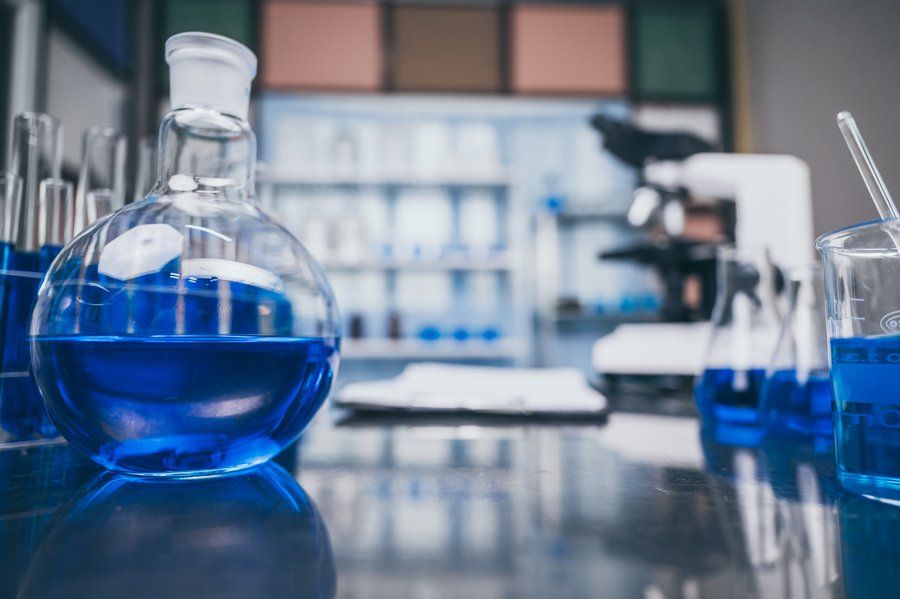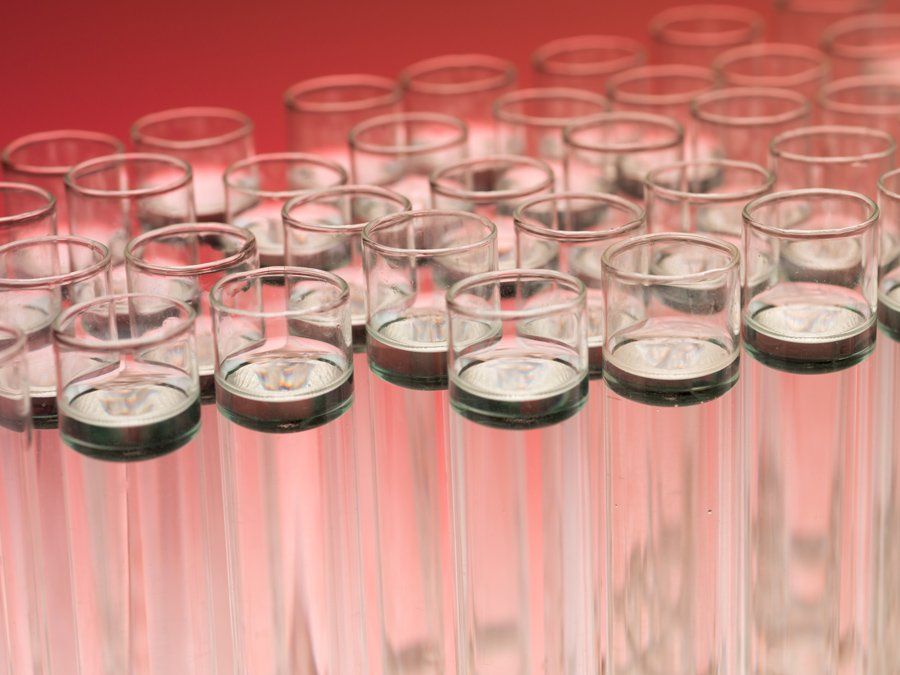PROTEIN ONE TECHNOLOGIES
GMP & Bulk Protein Production
Protein One is providing production services to address the unmet needs of its customers. Growing research utility and systems biology knowledge is developing the necessity for bulk protein quantities used in the evolution of novel treatments and new protein based drugs.
Bulk recombinant protein production is available from Protein One for 1 milligram to 5 gram quantities necessary for trial studies.
Protein One is prepared to produce through its strategic partnerships scale-up and commercial cGMP production of therapeutic proteins. Manufacturing and development proposals can be developed upon request.
Powder and green capsules
Powder and green capsules
Handling & Storage
Protein related products from Protein One are for Research Use Only and are not for diagnostic, clinical or therapeutic use.
Protein One recombinant proteins in solution are temperature sensitive and must be stored at -80oC to prevent degradation. Avoid repeated freeze / thaw cycles and keep on ice when not in storage.
(The exception to this rule is the Active Protein Array kit, which should be stored at 4oC.).
Glassware science laboratory research and development
Glassware science laboratory research and development
Protein Array Research and Development
In addition to the isolation, functional characterization, and stabilization of proteins, Protein One continues to develop the proprietary platform, the Active Protein Array (APA) system. The APA is pending patent protection as of January 2001. It has been shown to provide a sensitive and high-throughput method to analyze interactions and potentially new functions of both previously characterized and novel proteins [Ge, NAR, 28(2), E3 (2000)].
At present, the prototype APA offers four major advances over most protein interaction analysis methodology because it is rapid, convenient, reliable, and quantitative. An important part in advanced research of gene expression and functional genomics is to identify what proteins do and how they work. There is no better starting point than to determine what are their interactions.
Two young scientists making experiments
Two young scientists making experiments
The APA system decreases false positive signals compared to the traditional methods available for protein-protein interaction and has the added advantage of being applied to detect interactions of purified proteins with different target molecules like DNA, RNA, ligand (hormone) and other small molecules.
The APA platform continues development to clearly identify true interactions and decrease the potential for false positives through vigorous testing and improved optimal conditions. The original use of the APA (formally Universal Protein Array) successfully aided in determining the specific target proteins for several transcriptional coactivator proteins, and an apoptosis factor protein after standard GST pull-down and other interaction methods failed to indicate specific interactions [Ge, NAR, 28(2), E3 (2000)]. It has also been successful in demonstrating the specific DNA binding activity of a single point mutation within PC4, a general transcription coactivator involved in regulating transcriptional activation by RNA polymerase II.
In addition to being used in laboratories to study the protein interaction of many biological pathways, the Active Protein Array will be used to screen new drug target for their binding affinity to various protein targets or to test various compounds or small molecules for their ability to block binding of other molecules to proteins.
Protein One believes it is critical to utilize our opportunity to isolate and purify biologically active proteins, as well as: 1) further perfect and test the reliability of the APA system; and 2) to enhance its effectiveness and reliability to make it the crucial link in the next generation of technologies to study proteins and functional genomics.
Protein Purification
Functionally active proteins can be expressed in and purified from several different systems that have been well characterized. Our aim is to primarily utilize bacterial and baculoviral systems to produce transcription, cancer, nuclear hormone receptor, and kinase related proteins.
Protein One uses insect cells to propagate baculoviruses in producing recombinant proteins to study their biology and molecular genetics in more detail. Foreign genes can be expressed into authentic proteins at high levels in insect cell cultures using these expression vectors. There are many advantages of using the baculovirus expression system, including: high expression levels, limitless size of the expressed protein, efficient cleavage of signal peptides and processing of the protein, post-translational modifications, simultaneous expression of multiple genes and production of proteins from genes of unknown function. These expressed proteins are correctly folded and biologically active which is a signature of Protein One's product line.
Test tubes with dark solution at the surface and colorless inwards
Test tubes with dark solution at the surface and colorless inwards
A portion of our protein purification strategy revolves around utilizing protein tags including 6-histidine, FLAG or myc, to increase our ability to purify the proteins to near homogeneity upon initial purification. Protein One's goal is to create new plasmids containing one or more of the protein tags without interfering with protein function(s).
High purity proteins require additional rounds of purification even with a unique protein tag, which is usually decided based on protein structure and chemical properties. Conventional chromatography, fast performance liquid chromatography (FPLC), or high-pressure liquid chromatography (HPLC) based techniques are used to enhance our ability to achieve highly purified, biologically active proteins.
Transcription Kits
Unlike that observed for E coli, transcription of human genes by RNA polymerase II is an extremely complex process involving cooperative interactions and functions of over 50 proteins. Although gene expression is largely regulated at the transcription level and the study of transcription has lead to publication of over 150,000 articles to date, many questions about the regulation of transcription, however, remain unanswered.
The major challenge in the study of transcription is due to its complexity and the lack of proper systems and reagents. Protein One's Chief Scientific Officer, Dr. Hui Ge, has studied transcription factors for over 10 years and has established a means for studying transcription in vitro utilizing highly purified transcription factors. Transcription regulation of both wild type and mutant gene protein products is the focus for new science applications and developments in the treatment of cancer and other diseases.
Chart Concept based on the Research Results
Chart Concept based on the Research Results
The Protein One RNA Pol II In Vitro Transcription kit (Cat#P7000) is reconstituted with purified general transcription factors (TFs) including recombinant TFIIA, -IIB, -IIE, -IIF, and naturally purified complexes of TFIID, TFIIH and RNA polymerase II [Ge et al., Cell 78, 513-523 (1994); Ge et al., Methods Enzymol. 274, 57-71(1996)]. The assay will contribute greatly to understanding the mechanics of transcription regulation.












